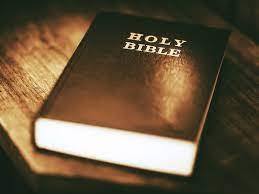TRUTH ABOUT THE GOSPEL
“How do we know that the New Testament is reliable? How do we know that we can trust the words that we have there? Well, there's a number of ways to answer that question, but one of the most helpful things we can do is look at it through the lens of textual criticism, and looking at the manuscripts that we have, and we can see how these foster a sense of the confidence that we can have in Scripture.
Let me explain what I mean by that. In terms of the number of ancient witnesses we have to the New Testament, we have a remarkable number of copies of manuscripts of the Greek New Testament. In fact, we have over 5,500 Greek manuscripts alone that are a Greek manuscript that is part, or all, of the Greek New Testament. That's an amazing number, an astoundingly high number for a document of such antiquity as the New Testament. If we compare that for example, to the ancient historian, Tacitus, I think we only have about three manuscripts of his works. I don't think any of those are complete. Josephus is an ancient historian, and we have many more witnesses to his work, but only about 50. In contrast to those ancient documents, for the New Testament we have over 5,000 Greek manuscripts, not counting Latin, or Syriac, or Coptic, or other witnesses in other languages to the New Testament text, and that also doesn't count quotations from the Greek New Testament from the early church fathers.
In terms of, how do we know we have the right book? This is a question that many people are discussing today, and many people have good questions about it, and it's a very good question. What is not always understood is that the books in our New Testament set themselves apart from a very early stage in Christian history. Some people might mention other books that could have been rivals to our New Testament books, but for the core of our New Testament, there never were any rivals. You may hear of a number of other gospels that people might suggest are equally as valid as the Four Gospels we have, Matthew, Mark, Luke, and John.




Comments
Post a Comment